Susan Judkins Josten
Director
Susan Judkins Josten is Client Development Director for RDG Planning and Design, a firm with expertise in architecture, landscape architecture, planning, interiors, art, multimedia, engineering and water resources. Prior career activities involve founding and leading economic and leadership development programs, launching the state’s successful Vision Iowa program, advising communities on project financing, and guiding passage of critical legislation following Iowa’s 2008 floods. She has a BA in Business Management from Simpson College, and an MBA from the University of Iowa. Susan has also been a member of the Clive City Council since 2013, and previously served on the Indianola School Board. She is interested in water quality policy and projects, and is active with several watershed groups. She has three adult daughters: Whitney Judkins, JD, Timmer & Judkins Law Firm in Des Moines; Erin del Ninno, MD, Capital Women’s Care in Maryland; and stepdaughter Jennifer Josten, Ph.D., Assistant Professor for the University of Pittsburgh.

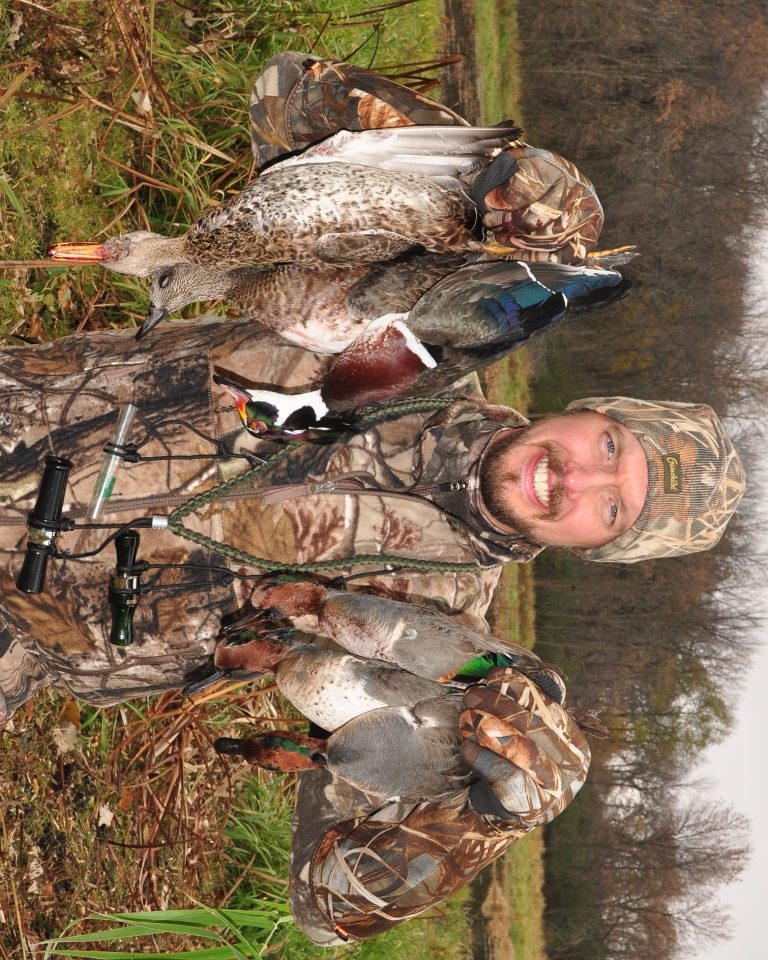
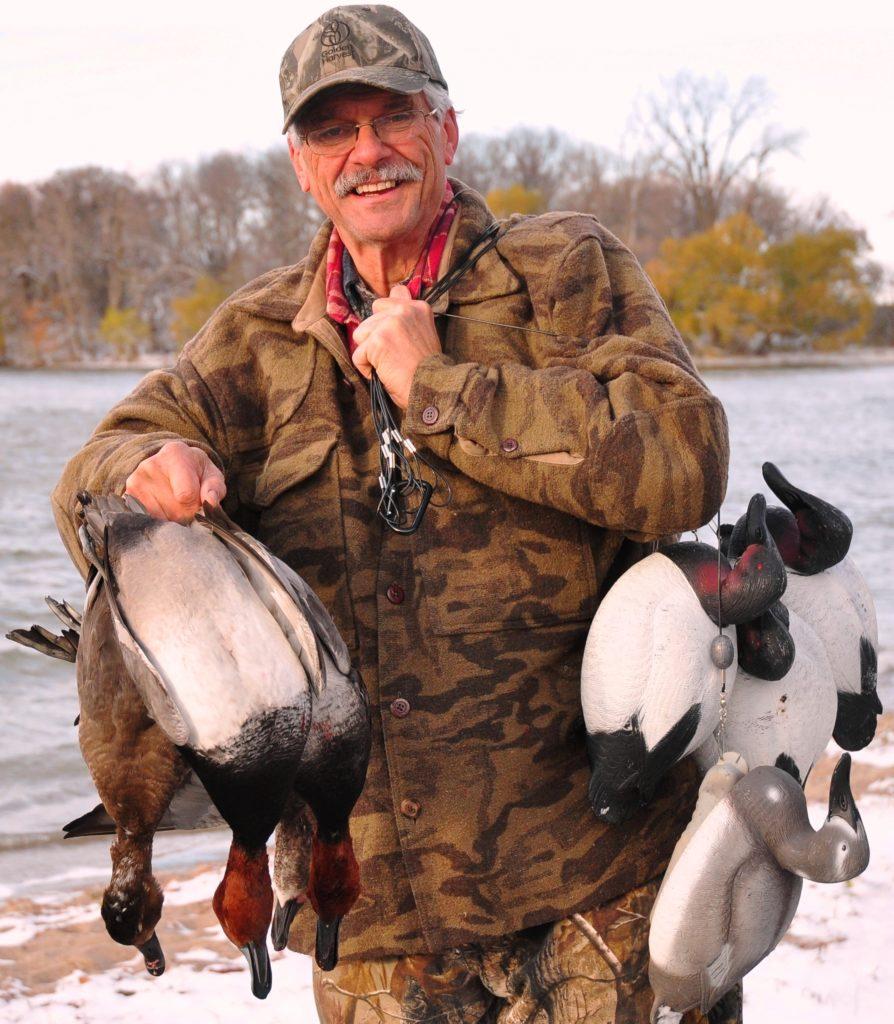
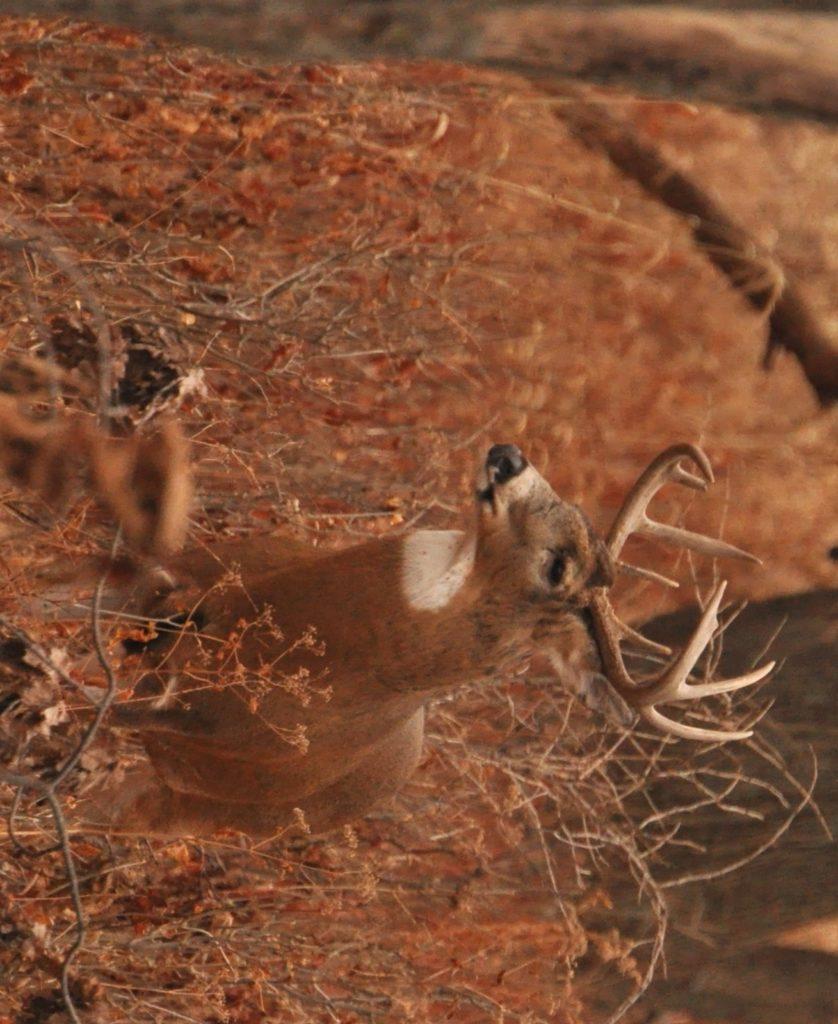
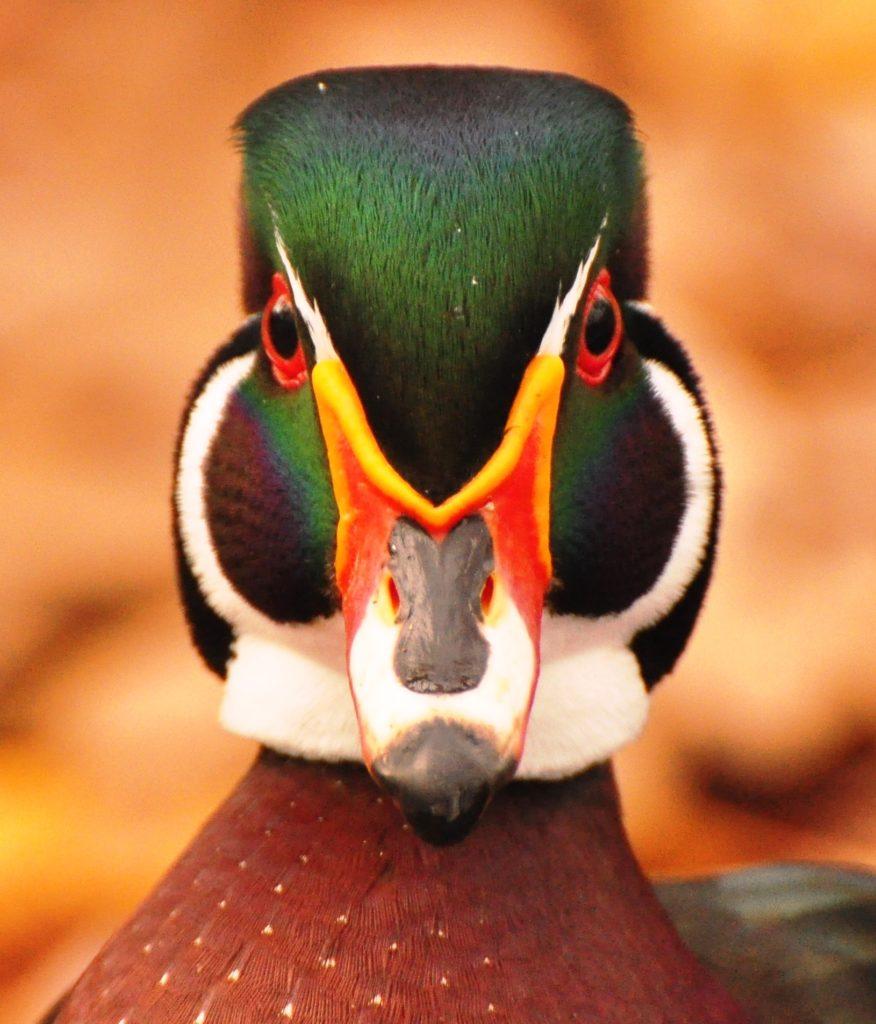

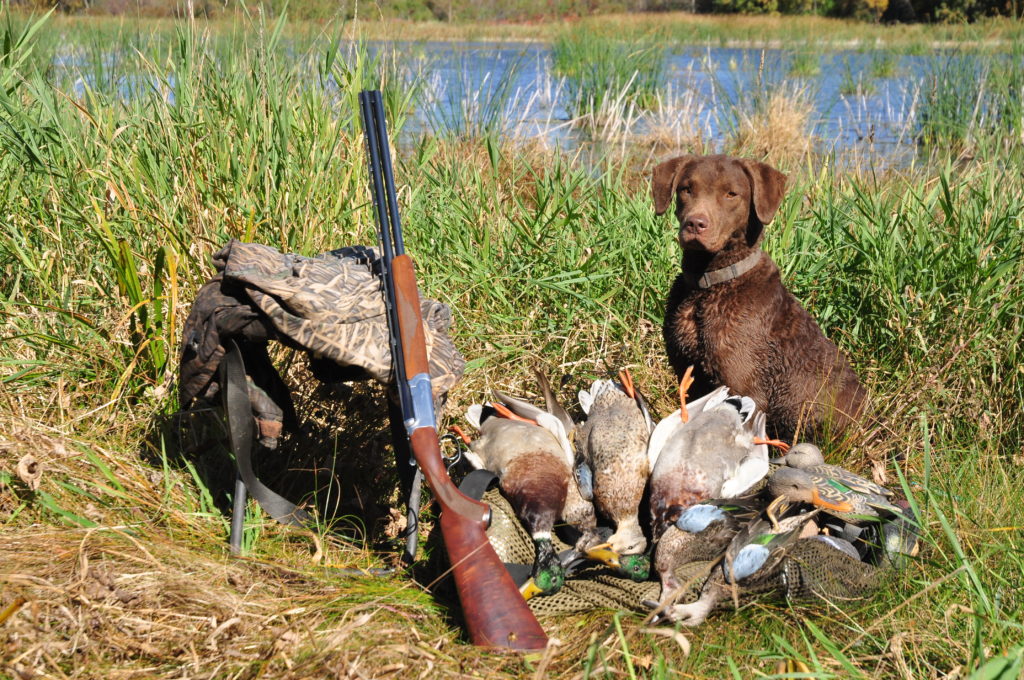
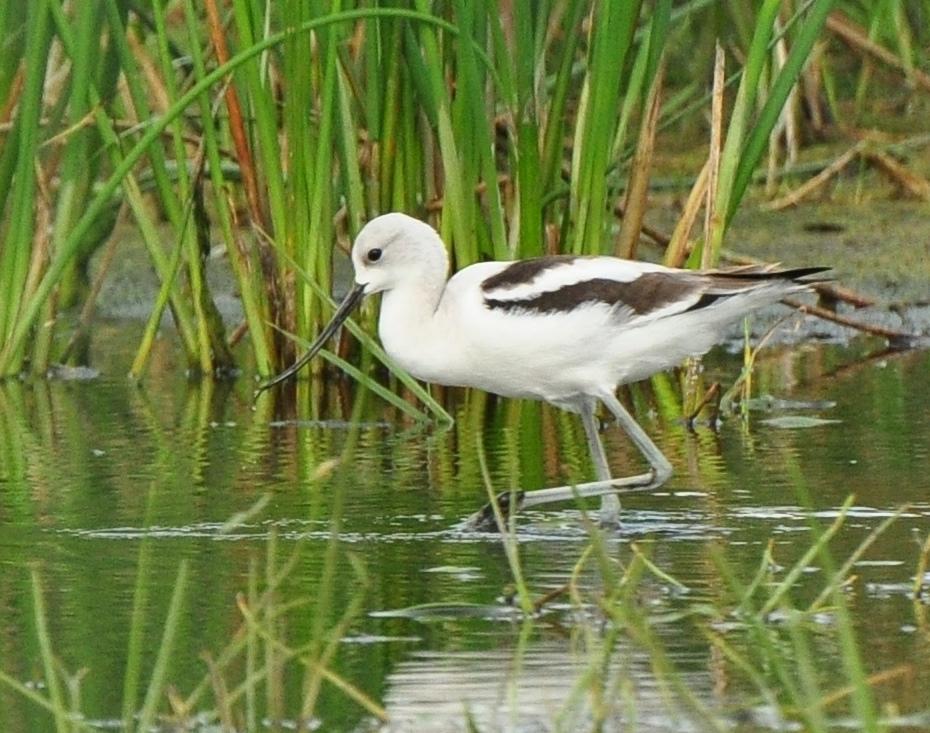

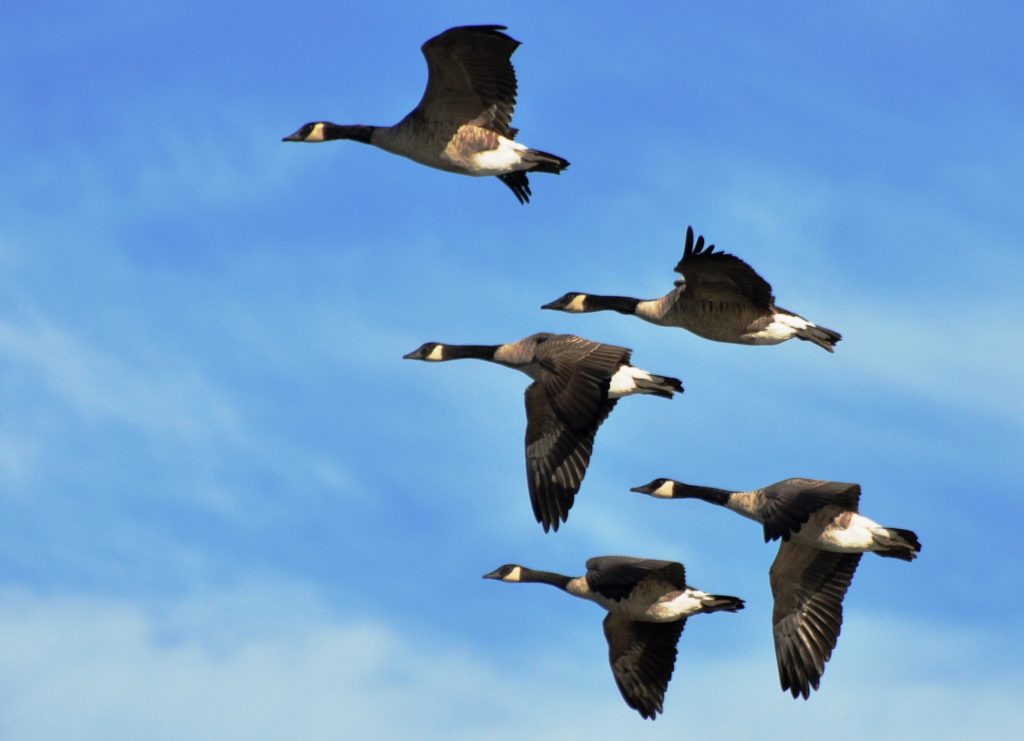
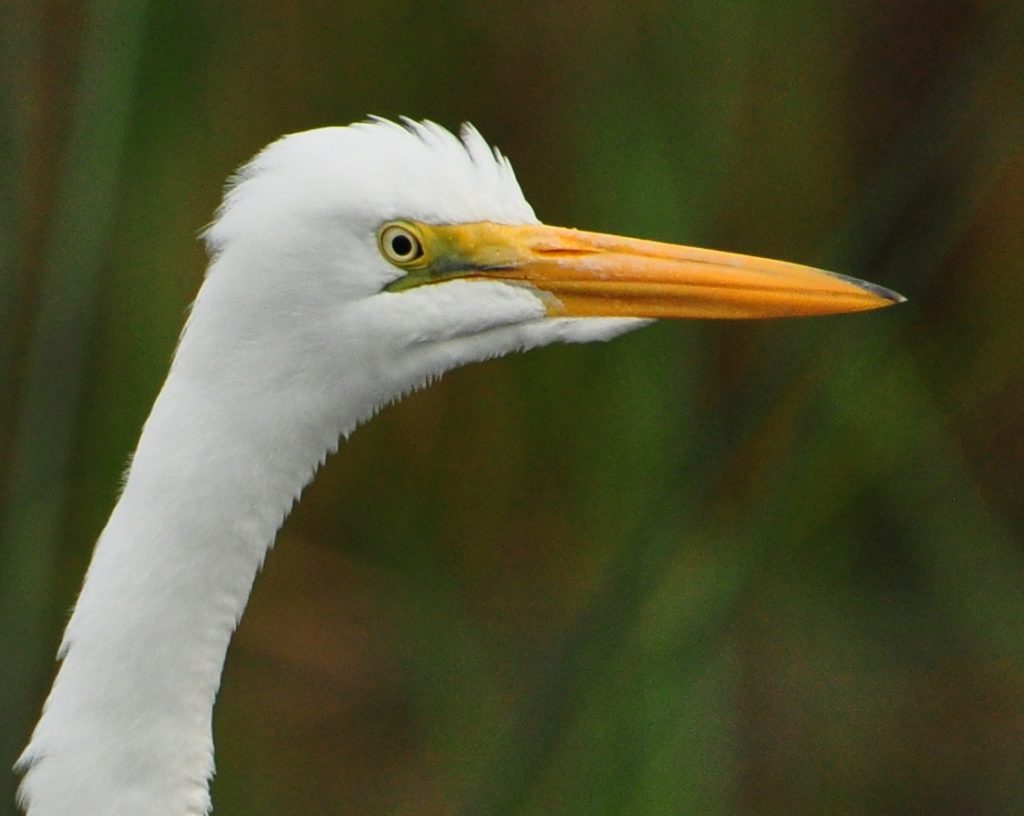
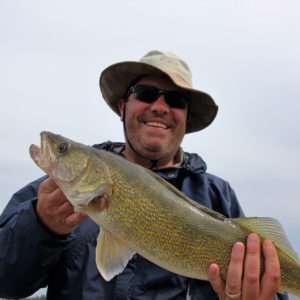 Tom Cope
Tom Cope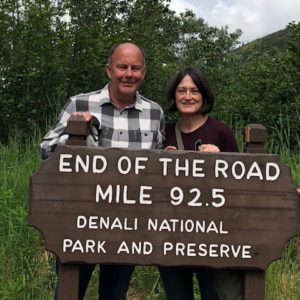 Sue Wilkinson
Sue Wilkinson Susan Judkins Josten
Susan Judkins Josten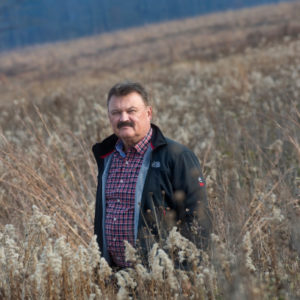 Rudi Roeslein
Rudi Roeslein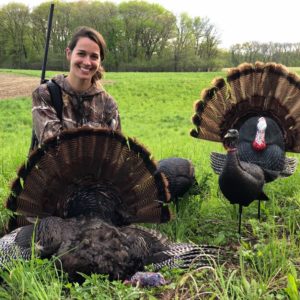 Elyssa McFarland
Elyssa McFarland Mark Langgin
Mark Langgin Adam Janke
Adam Janke Joe Henry
Joe Henry Kristin Ashenbrenner
Kristin Ashenbrenner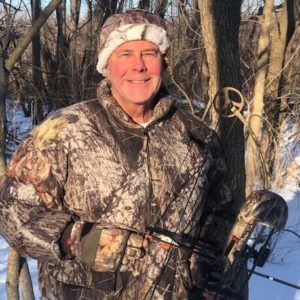 Joe Wilkinson
Joe Wilkinson Dr. Tammy Mildenstein
Dr. Tammy Mildenstein Sean McMahon
Sean McMahon